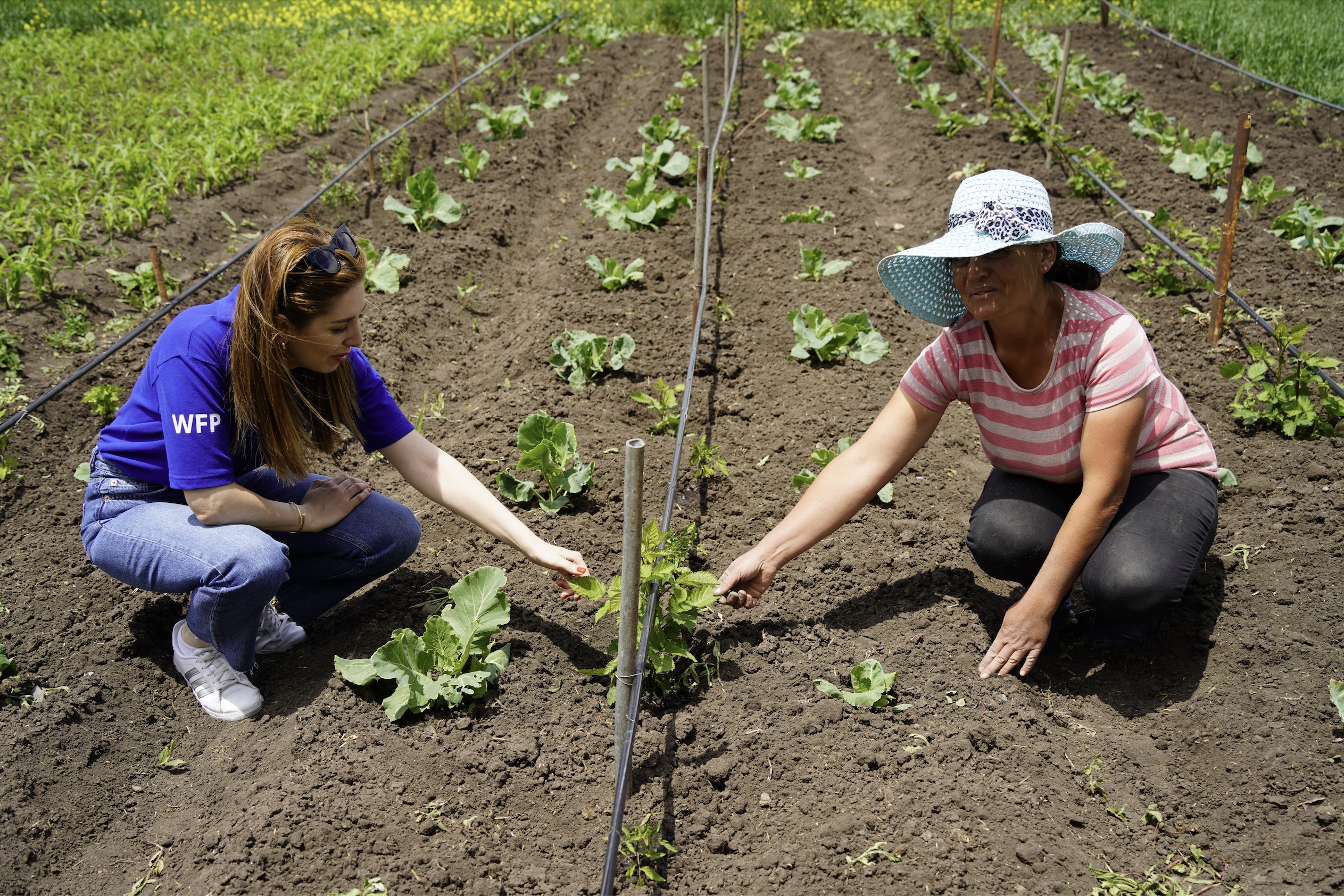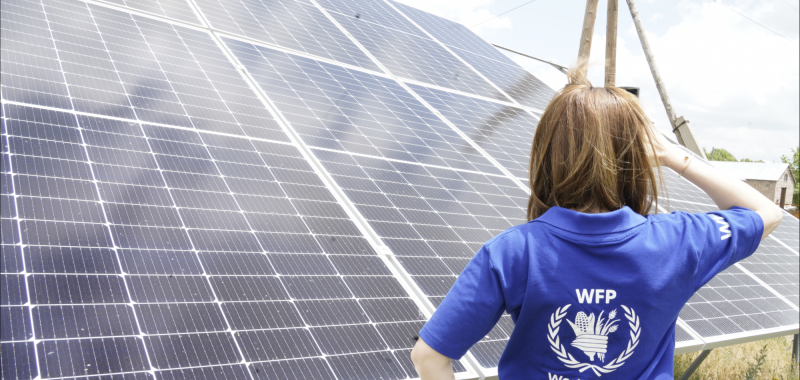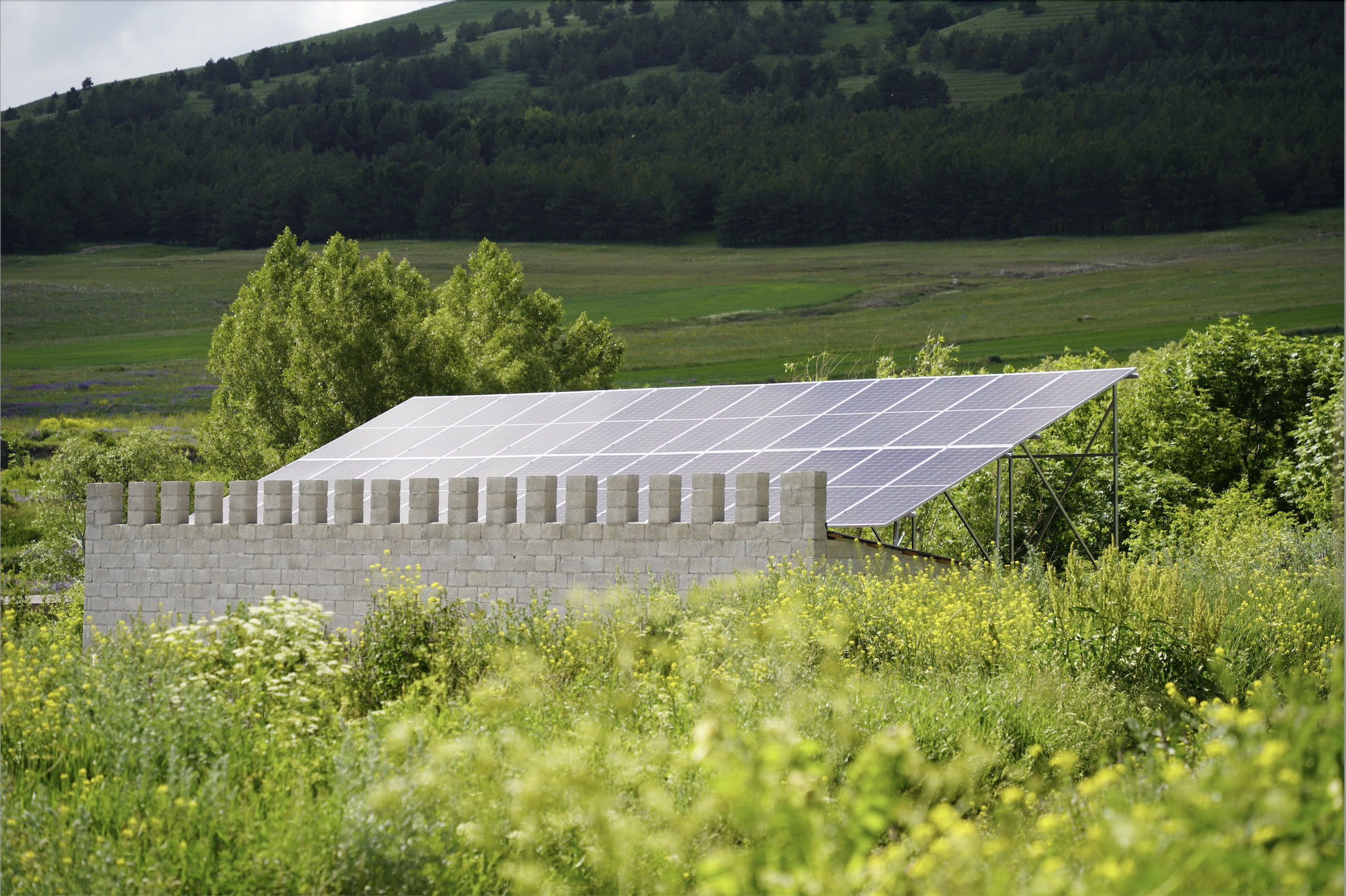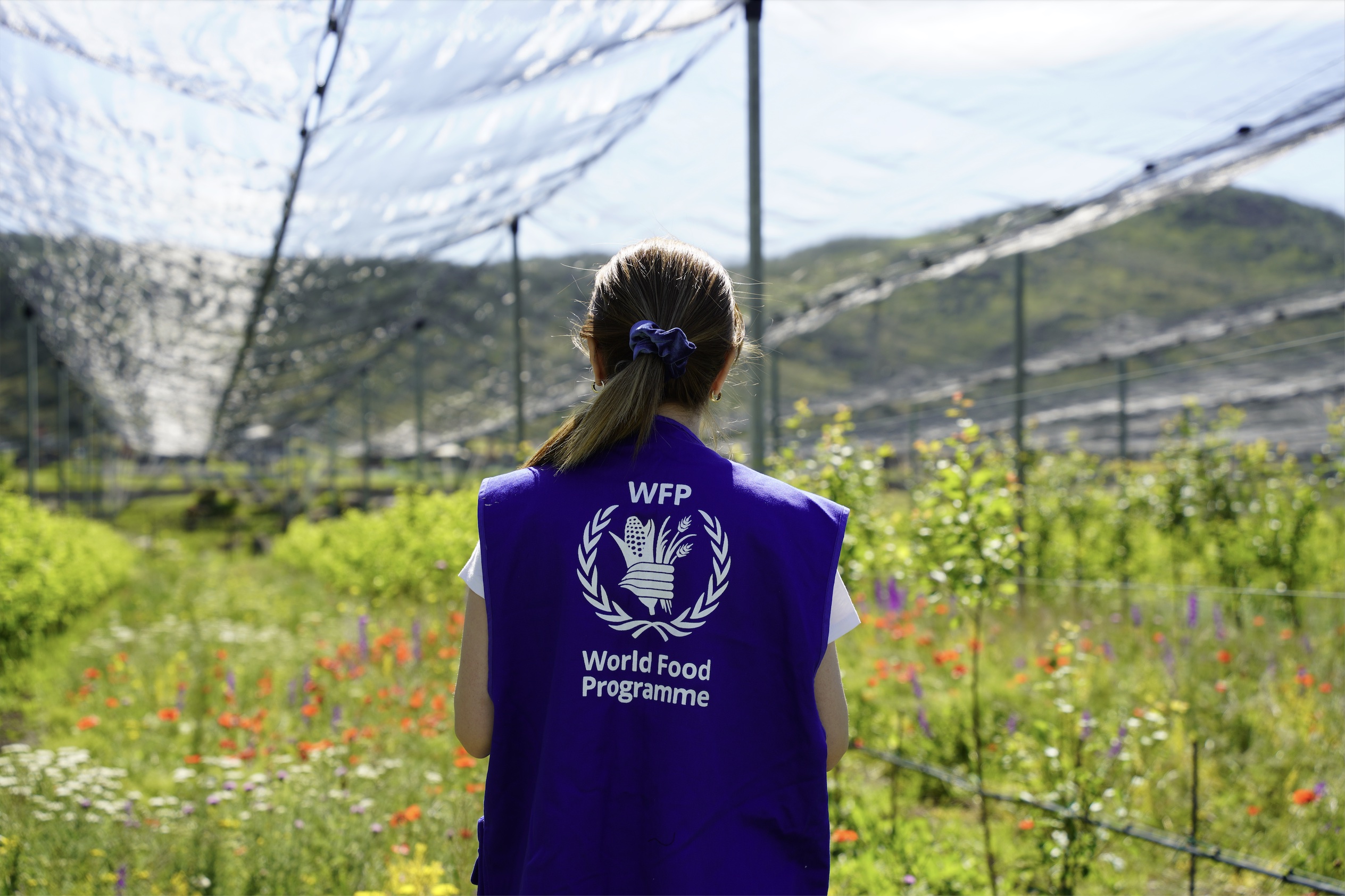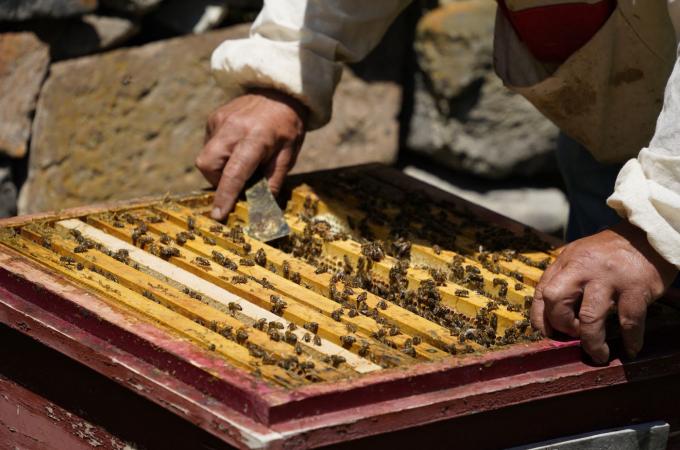Micro-enterprises in Armenia’s agribusiness sector often do not use modern mechanized processes, resulting in low productivity. Comparatively high production and electricity costs further constrain productivity. Installing a solar station could reduce overall production costs substantially, but many micro-enterprises cannot afford this US$10,000 investment
